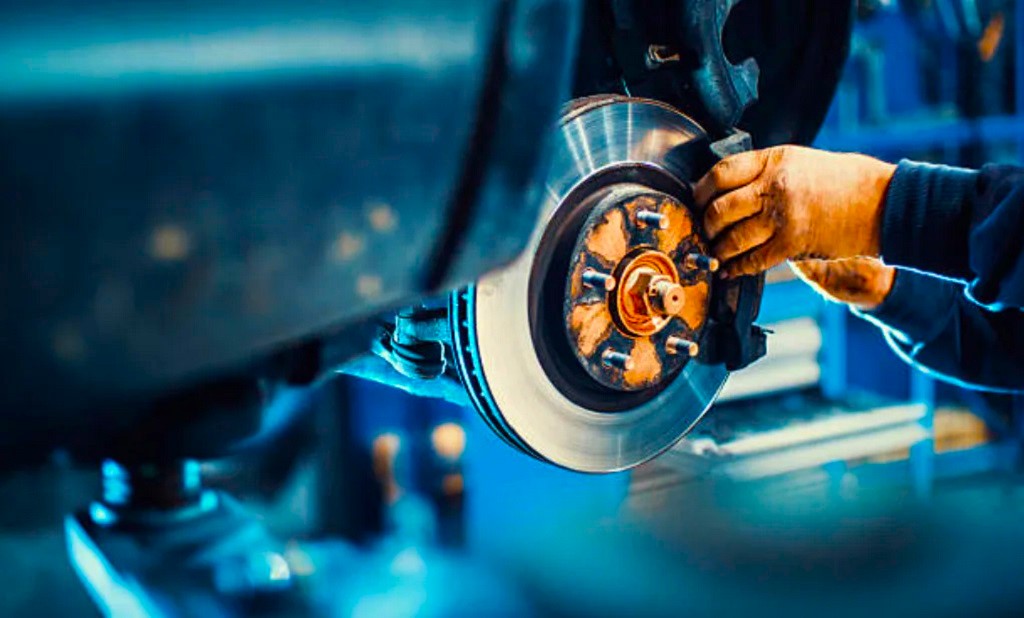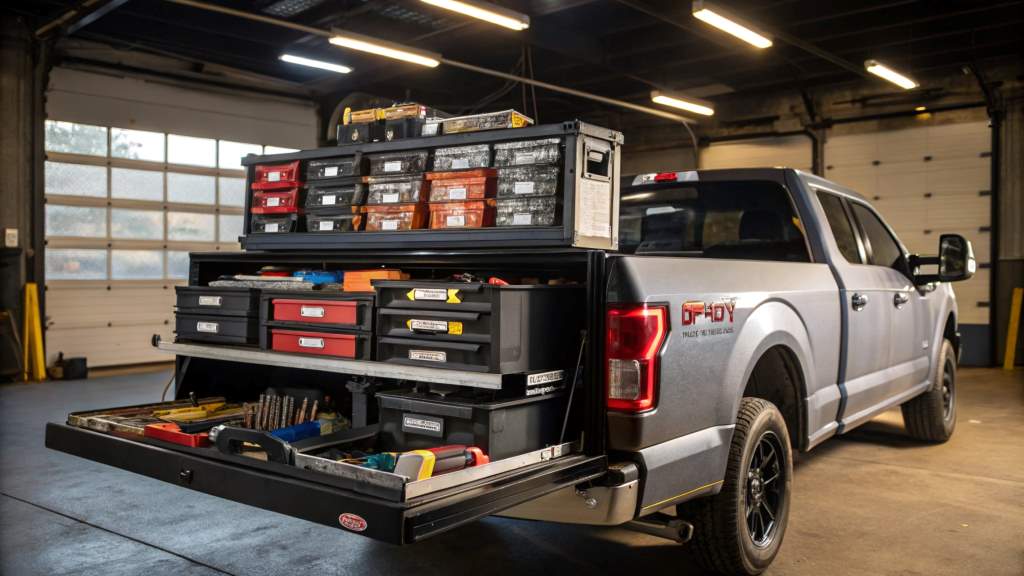Is there any part of a car more important than the brakes? Getting from place to place is important, but being able to stop safely and sometimes quickly is vital. There are many parts in a car’s brake system, especially modern antilock brakes. Maintaining this system is complex and should be left to a professional.
One essential job in maintaining the braking system that can be done by you is changing brake pads. These parts play an important role in stopping the car and over time, wear out. Changing them when needed extends the life of the brakes and keeps them able to safely stop your car.
Remove the Wheel
If you’ve just purchased a car, such as a new Chevrolet for sale, your brake pads are new and will be fine for a while. Eventually, the pads will wear out. You will know when they need to be changed because you will hear a squealing sound when you push down the pedal.
The first step is to jack up the car and remove the wheel. This will give you access to the brakes. There are two bolts called slider bolts, an upper and a lower, that hold the brake assembly together. Remove the lower bolt with a wrench.
Raise the Caliper
With the lower bolt removed, you will be able to pivot the caliper, raising it up. Do not disconnect the brake line. It will flex and stay intact. You will now be able to see and inspect the brake pad. If it is worn, slide it out and remove it. There are retaining clips that hold it loosely in place, but they come off easily.
Put on New Retaining Clips
When you buy new brake pads, they will come with retaining clips. Now is the time to put them on. They slide into place with little effort. The clips usually come with a packet of graphic lubricant. Apply it to the retaining clips to prevent them from squeaking.
Put in the New Pad
When you look at your new brake pad, you will see a thin, metal plate, called a shim, on the side of it. On some pads, it will be riveted in place, on others, you will have to hold it there until you secure the pad. There are metal tabs on either side of the pads, called ears. Add some lubricant to the ears and slide them into the clips, making sure the shim stays in place.
Secure the Pad
You will have to pull back the pistons that press on the pads to accommodate the greater thickness of the new pad. After doing this, pull the caliber back down and secure the lower slider bolt. Put the wheel back on, and repeat to replace the pad on the other side.
Professional Help
Changing your own brake pads is a great way to save money on car maintenance. This is not something you should attempt unless you are comfortable with tools and working on cars. A mistake could lead to an accident that could be lethal. If you have any doubts at all, ask someone who has done the job to help you or take it to a professional mechanic.




